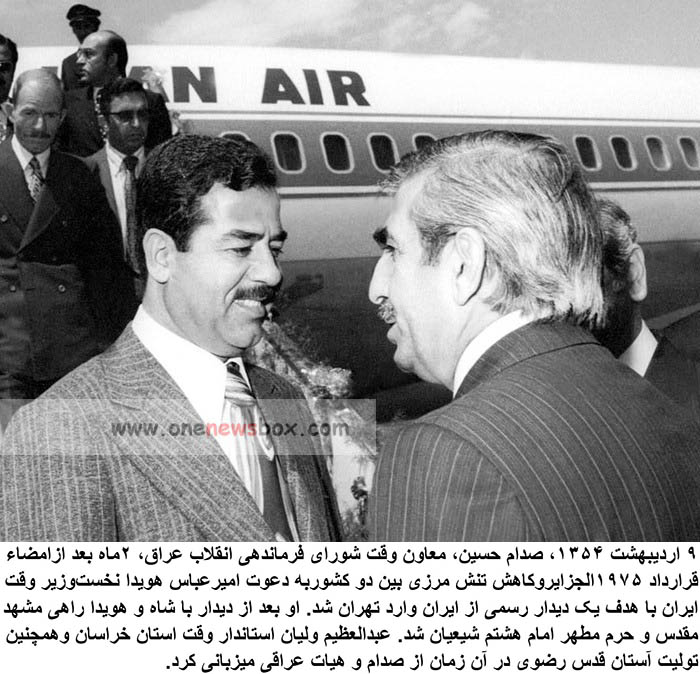On May 9, 1975, a significant event took place in the annals of Middle Eastern history. Saddam Hussein, the deputy chairman of the Iraqi Revolutionary Command Council, arrived in Tehran two months after the signing of the 1975 Algiers Agreement. This agreement marked a pivotal moment in reducing border tensions between Iraq and Iran, two countries with a long history of conflict. Invited by Amir Abbas Hoveyda, the then Prime Minister of Iran, Saddam’s visit aimed to solidify the newfound peace and foster bilateral relations. The visit included meetings with Mohammad Reza Pahlavi, the Shah of Iran, and a trip to the holy city of Mashhad to visit the shrine of the 8th Imam of Shiites.
The 1975 Algiers Agreement: A Brief Overview
The 1975 Algiers Agreement was a diplomatic milestone brokered by Algeria between Iraq and Iran. This agreement primarily addressed the contentious border disputes along the Shatt al-Arab (known as Arvand Rud in Iran), a waterway of strategic and economic importance to both nations. Prior to this agreement, tensions had escalated into sporadic military clashes, severely straining relations.
The accord stipulated the demarcation of the border along the thalweg, or the median line of the waterway, a significant shift from previous Iraqi claims. It also included provisions for mutual non-interference in each other’s internal affairs, a crucial step towards stabilizing the region.

